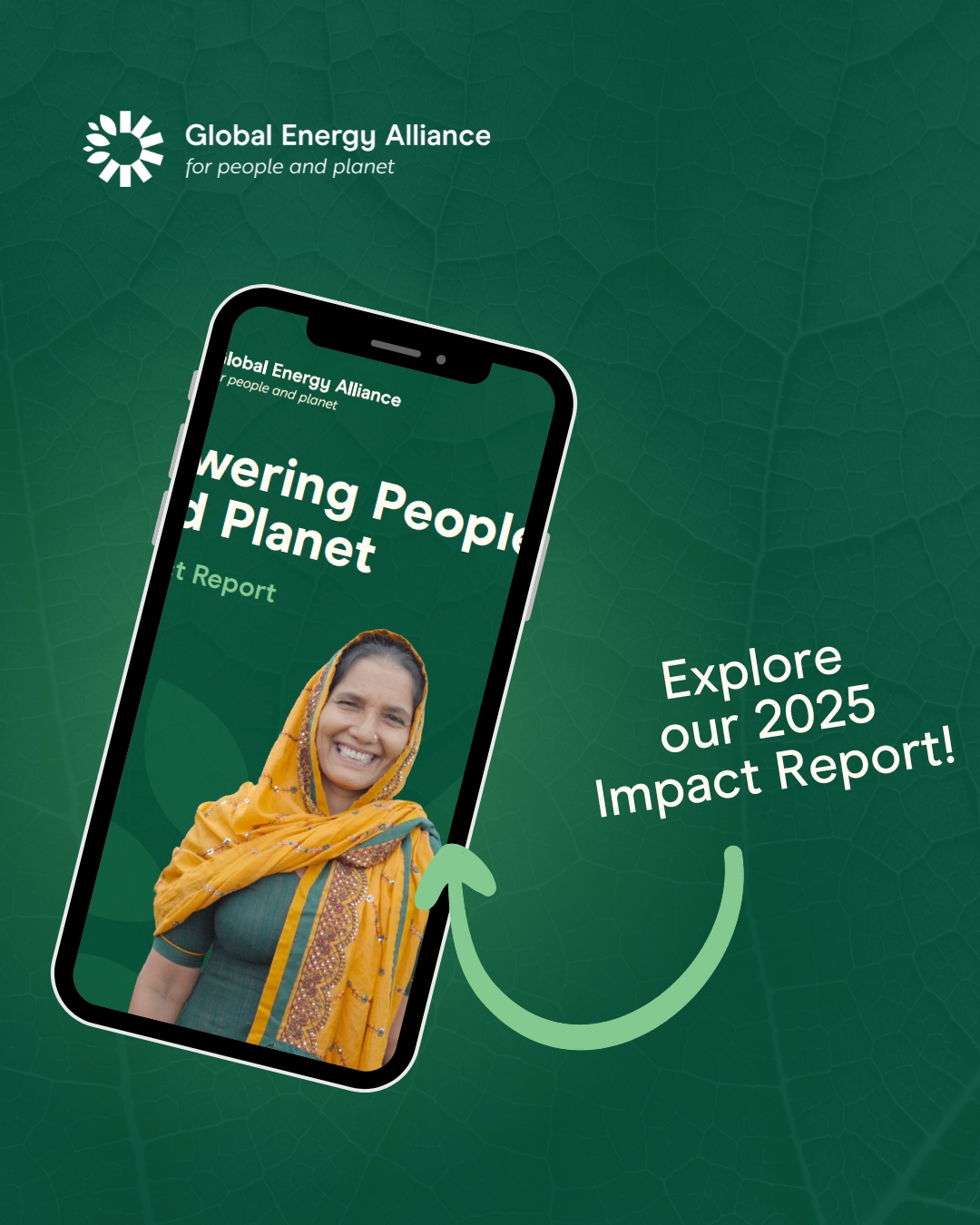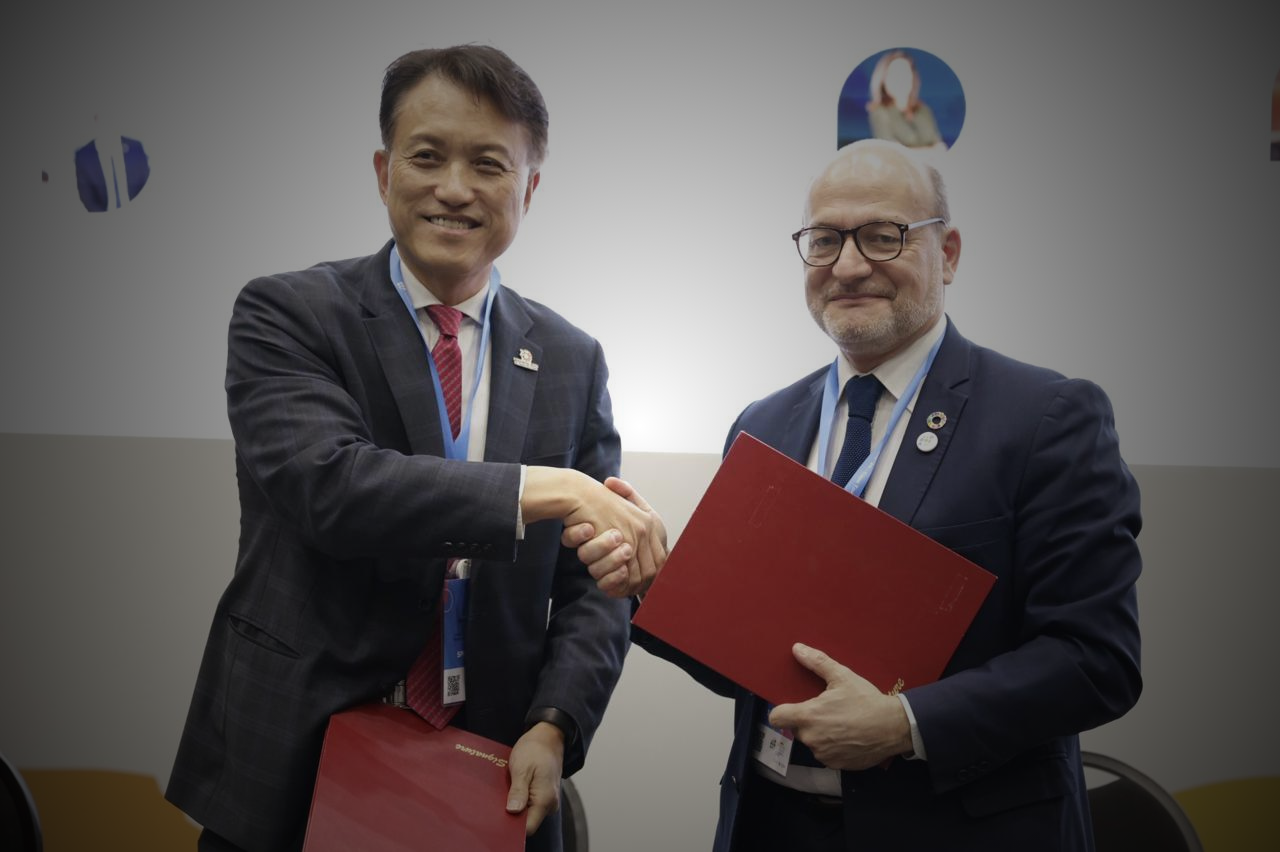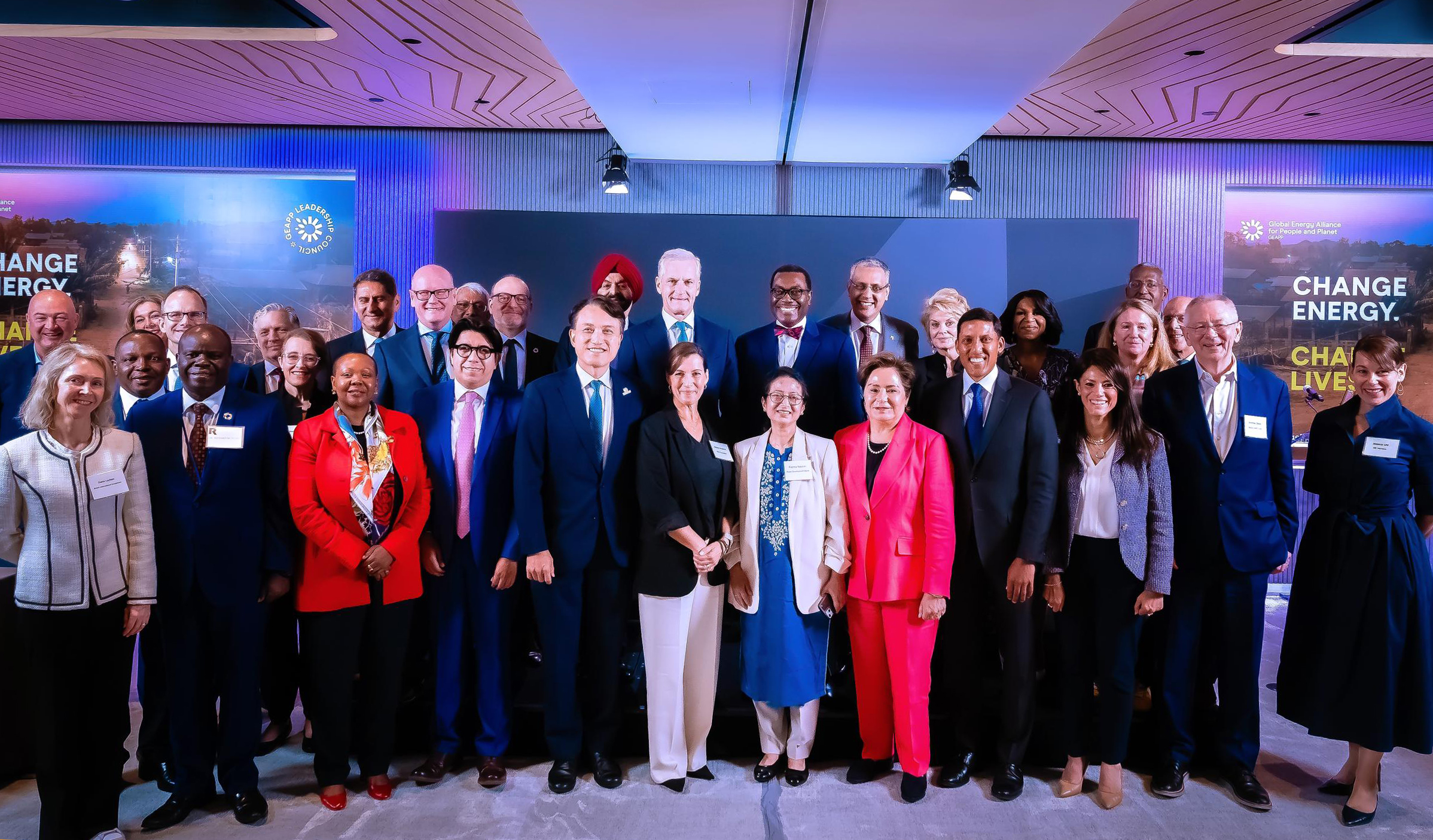Leveraging AI and crypto to power Mission 300 and end energy poverty in Africa

Over 600 million Africans lack electricity, limiting economic and social prosperity. 78% of those 600 million cannot afford even the $5/day needed to finance a small solar home system for basic lighting. So how is Mission 300, the bold World Bank and African Development Bank (AfDB) initiative that aims to provide affordable and reliable electricity to 300 million Africans by 2030 supposed to achieve its goals?
The real game changer could be technology that has the potential to lower costs for mini-grids that provide decentralized, off-grid electricity. Mini-grids not only can provide lighting to the world’s poorest populations in the most remote areas, but they also have the potential to generate enough electricity to create new jobs and to provide healthcare, education and other social benefits. Subsidies also play a role, just as the U.S. has been subsidizing its own rural electrification since 1936. The $30-40 billion in concessional financing that the World Bank, AfDB and governments will use to support Mission 300 are a good start. The technical support that The Rockefeller Foundation, the Global Energy Alliance for People & Planet (GEAPP), and Sustainable Energy for All are providing to support Mission 300 will certainly help.
The common subsidy strategy for African mini-grids involves governments or donors, including philanthropies, paying electricity providers up to $1,000 for each new electrical connection they deliver. There is not enough money available to subsidize all of Africa’s vast electrification needs, so we need to come up with ways to crowd in more private sector investments so that more people can get electricity access at a faster rate. When people are connected to electricity, they often take years to generate enough demand to make the electrification effort profitable. An old World Bank blog, still relevant today, concluded that economic “impacts of a major push for universal grid electrification may take considerable time to play out, with long amortization periods for initial investments,” which makes the need to diversify income sources for mini-grids even more important if companies are to scale.
Certainly, AI can be used to improve electrification planning. But AI, blockchain, and crypto technologies have the potential to make mini-grids more profitable, efficient, and sustainable by creating new income streams – even in remote areas. Think “distributed data centers,” enabled by satellite internet systems, powered by mini-grids across rural Africa, so that they don’t depend only on revenues from household electricity. Liquidstar has demonstrated with its “Waypoint” in Djibouti that it can generate revenues from sources other than household electricity. These new income streams could allow mini-grids to be “over built” to make up for the initial low electricity demand from rural households.
Here’s how four early-stage companies are promoting their technologies to find ways that could help bring down the costs of mini-grids, which, if successful, could help expand electricity access to remote markets and accelerate Africa’s electrification. These ideas are pilots that illustrate how development of these types of technology can deliver on the ambitions of Mission 300.
1. EXO Labs: AI from Everyday Devices – Democratizing Intelligence
EXO Labs is using everyday devices, such as old smartphones and laptops, to power AI. The company’s software transforms idle devices into a collaborative network capable of running AI models. For instance, in a remote village in Africa, several aging smartphones and a PC can be connected to form a distributed AI system that can train language models or run other AI tasks. This approach allows communities to leverage local technology for AI-driven innovation, without needing to purchase new hardware.
This innovation enables local AI applications to run on mini-grids, which can power services like AI-driven education or telehealth. That not only enhances the social development value of a mini-grid but also generates reasonable revenue to sustain operations.
2. Akash Network: Idle GPUs to Income
Akash Network offers a decentralized cloud marketplace that allows people to rent out their idle graphics processing units (GPUs). GPUs, often found in gaming PCs or even science labs, are often underutilized. Akash transforms these idle resources into a revenue stream by allowing individuals and organizations to rent out their GPU power for AI and machine learning tasks.
Greg Osuri, founder of Akash, describes the network as the “Airbnb for cloud compute,” highlighting that “traditional data centers waste significant amounts of energy powering idle infrastructure—particularly as AI workloads lead to unpredictable demand spikes. Distributing and decentralizing compute enables more efficient utilization of existing hardware and aligns the expansion of AI with sustainable energy practices.”
For mini-grids, this innovation creates another source of income for those in need, especially during times of low household electricity demand.
3. Liquidstar: Micro Data Centers as Utilities – All-in-One Community Hubs
Liquidstar is creating solar-powered Waypoints that integrate energy, water, and internet services into a single containerized unit. Waypoints use solar panels to charge portable batteries, used for everything from powering electric two-wheelers to lighting homes and businesses. The Waypoints also feature an atmospheric water generator that extracts moisture from the air to produce drinking water. They also host data centers powered by GPU technology.
Waypoints are self-sustaining mini-businesses, generating income from services such as AI-powered tutoring and health diagnostics, improving social services and generating new revenue.
Liquidstar’s multi-functional, job-enhancing platform not only provides electricity but also supports education, healthcare, transport, internet connectivity, and data infrastructure, thereby creating a sustainable ecosystem that generates multiple streams of income for its Waypoints.
4. Virunga Energies: Crypto Mining for Additional Revenue
In the Democratic Republic of Congo, Virunga Energies has implemented a model where crypto mining improved a project’s profitability and stability. The Luviro hydro plant previously operated at 5% capacity, but after introducing 6.5 MW of Bitcoin mining to the grid, the plant’s utilization increased to 50%. This not only helped reduce the cost of electricity but also subsidized household tariffs, bringing them down from $0.35/kWh to $0.15/kWh, compared to diesel generation costs of up to $0.60/kWh.
Virunga’s success shows how digital loads like crypto mining can generate revenue for mini-grids. The use of blockchain technology ensures transparency, while the integration of crypto mining helps balance demand fluctuations and subsidize energy prices for local communities.
How does this all fit together?
Linking these technologies, as Liquidstar has done, provides a roadmap for how repurposing surplus electricity capacity could potentially offset the low revenues that households initially generate for electricity —reducing the amount of government and charitable subsidy needed for electrification.
Crypto mining provides one example of a revenue-generating digital load, which results in additional revenue to offset the subsidy costs currently needed to accelerate electrification projects. A new Bitcoin miner costs ~$15,000, uses 5kW of energy, and earns ~$0.18 per kWh at current market rates. AI and machine learning provides another example: a NVIDIA H100 GPU costs ~$35,000, uses ~700kW, and can generate up to $1.85. This means even small-scale operators could earn 5 to 10 times more per unit of energy—potentially offsetting electricity tariffs for the unelectrified populations of Africa by 20–40% or more.
Conclusion: Empowering Mission 300 with Cutting-Edge Technology
Electrifying Africa is a monumental challenge. Harnessing innovation can allow us to go beyond subsidy-based financing, making mini-grids more profitable, efficient, and sustainable. Using mini-grids for AI and other digital loads works today because of satellite-based internet services that did not exist just a few years ago. In other words, remote mini-grids open the door to democratizing intelligence from anywhere in the world.
If we were to “supersize” these clusters by linking hundreds or thousands of mini-grids together in remote areas, they even could perhaps negotiate pricing for AI applications at scale, further increasing revenues and reducing costs. The four companies—EXO Labs, Akash Network, Liquidstar, and Virunga Energies—are among the many entrepreneurs demonstrating how these technologies might work for electrification. By leveraging innovations like these, Mission 300 can accelerate progress, improve financial sustainability, and hopefully exceed its ambitious goal of bringing electricity to 300 million Africans by 2030.
Andrew M. Herscowitz is the CEO of the Mission 300 Accelerator; Scott Salandy-Defour is the Founder of Liquidstar; Dennis Nderitu is the Director of Energy Systems at the Global Energy Alliance for People and Planet.
Note: This blog does not constitute an endorsement of any particular company or technology, nor does it represent the views of the organizations for which the authors work. Rather it is meant to share illustrative information about the diverse technologies to educate partners about potential impacts to the energy access ecosystem.
Additionally, none of the authors or their organizations are registered broker-dealers under U.S. federal or state securities laws or under the laws of any other jurisdiction. They do not engage in any activities requiring such registration, including but not limited to effecting securities transactions, facilitating the purchase or sale of securities, soliciting or advising on investments, or receiving transaction-based compensation in connection with securities-related activities. Any information, analysis, or insights provided in this article are for general informational purposes only and should not be construed as investment advice, recommendations, or solicitations to engage in securities transactions.



